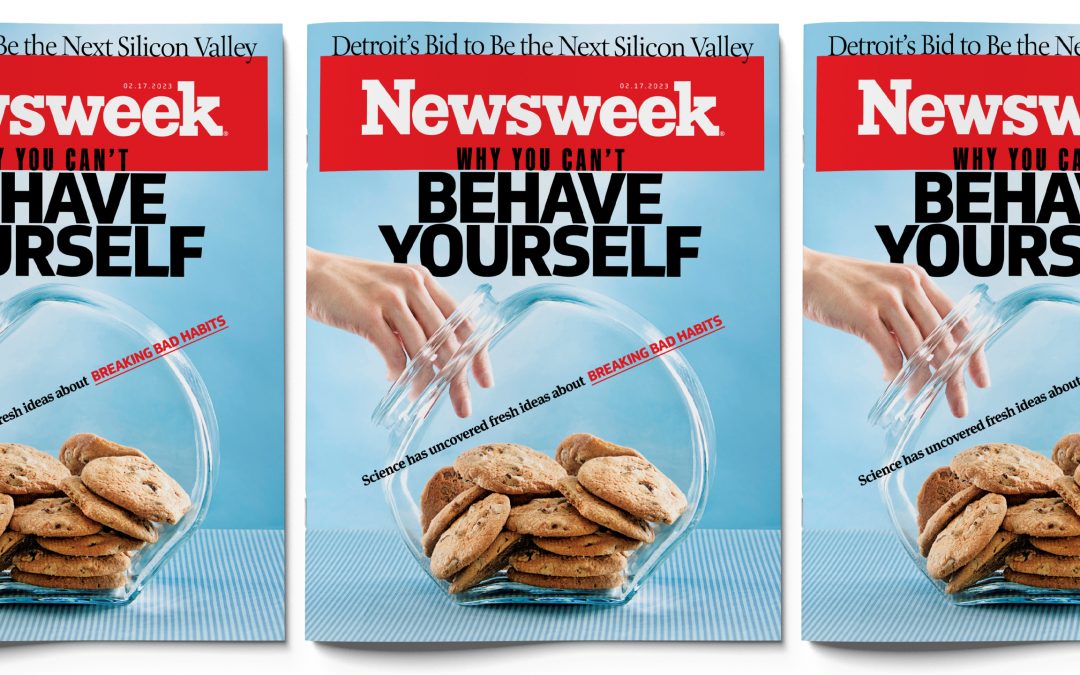Are you someone who often finds themselves mindlessly engaging in bad habits? From gossiping to texting while driving, bad habits can have serious consequences on both our personal and collective lives. But what if I told you that understanding and taming these bad habits is possible?
In this blog post, we’ll explore the science behind bad habits and how we can gain control over them. We’ll look at the neural machinery of habit formation, how it can work against us, and how we can use technology to our advantage in order to break the cycle of bad habits.
Most people associate bad habits with activities that wind up on a list of New Year’s resolutions—eating too much, spending too much time on the smartphone and avoiding the gym. But bad habits are often behind more than just personal peccadilloes. The neural machinery of habit formation is also the root cause of many of the worst collective behaviors, from texting while driving to spreading misinformation online.
Many people who are aware of bad habits and recognize them to be potentially harmful blame themselves for being weak and lacking the willpower needed to resist them. But in recent years, scientists have used advanced imaging technologies to peer inside the brain as habits are being formed and they’ve mapped habit-formation to precise structures in the brain—structures formed so long ago in the smithy of evolution that humans share them with other mammals.
Americans spend an average of 43 percent of each day engaged in tasks that are largely unconscious—that have become so automatic that we’re able to think and talk about other things while we’re doing them, according to research by Wendy Wood, a psychology professor at the University of Southern California. “Habits are a unique kind of a learning system—they’re unconscious—so we don’t have access to them in the way that we have access to other decisions,” Wood says. “And I think that’s been overlooked in the popular press and that gets people into trouble.”
Understanding habits and learning how to gain some control over them creates possibilities for making the world a better place. We could all be healthier, happier and less distracted. To hear Wood tell it, it might even improve the state of our democracy.
One demonstration of how the neural machinery of habit formation can work against us, and how difficult it is to control, is the phenomenon of New Year’s resolutions. Last year, an estimated 40 percent of Americans resolved to change bad habits starting on January 1. By the end of the month, roughly one-third had already given up, and fourth fifths will eventually fail, says Katy Milkman, a professor at the Wharton School and author of the book How to Change: The Science of Getting From Where You Are to Where You Want to Be.
What’s more, technology has become a potent tool of exploitation in our consumer culture. Social media companies, Wood argues, have been so successful at hacking the primitive, unconscious parts of our brains involved in habit formation that much of the world’s population is now habituated to checking in with Facebook, Tiktok, Instagram and their smartphones—multiple times a day.
Misinformation has been attributed to growing partisan bias, tribalism, polarization and other factors. But the true mechanism, says Wood, may in fact be habit: the mindless sharing of sensationalistic fake news automatically, often without considering the impact of what we are doing.
It’s common these days to attribute these behaviors to “addiction,” but this is inaccurate, says Wood. “The habit system is so much broader than that,” she says. “It doesn’t require craving. Habits are a very common learning system. They’re not addictions. We couldn’t get through our day without habits.”
In this blog post, we’ve explored the science behind bad habits and how we can gain control over them. By understanding the neural machinery of habit formation and using technology to our advantage, we can break the cycle of bad habits and make the world a better place. So, the next time you find yourself engaging in a bad habit, take a step back and ask yourself if you can reverse engineer the chain of behavior that precedes it, and find ways to break the habit cycle before it starts.
Source: www.newsweek.com
